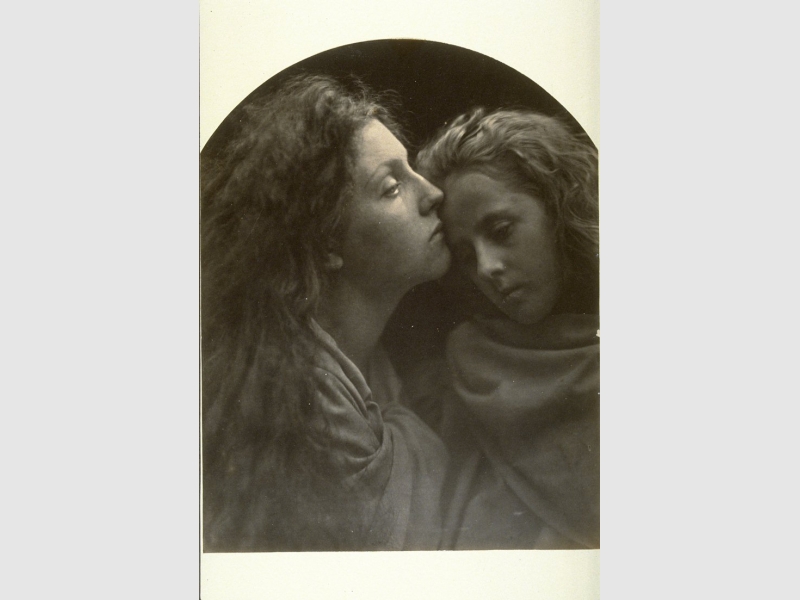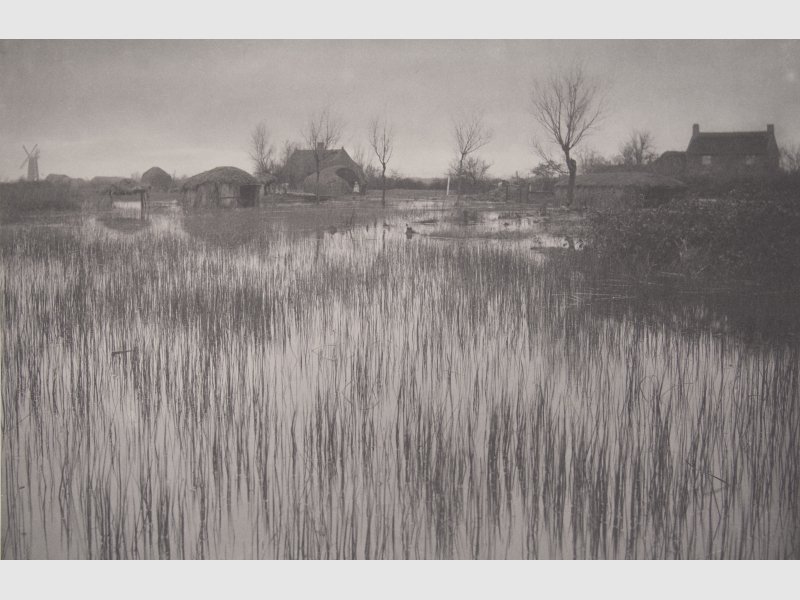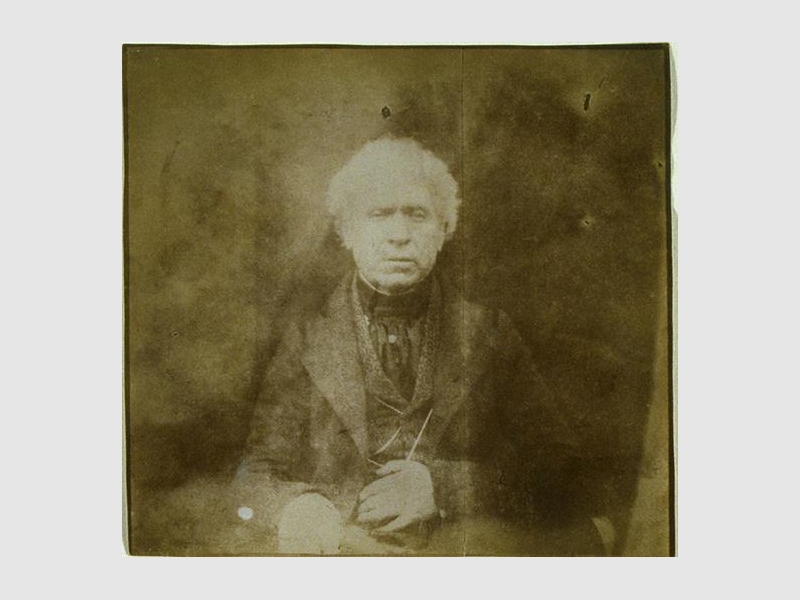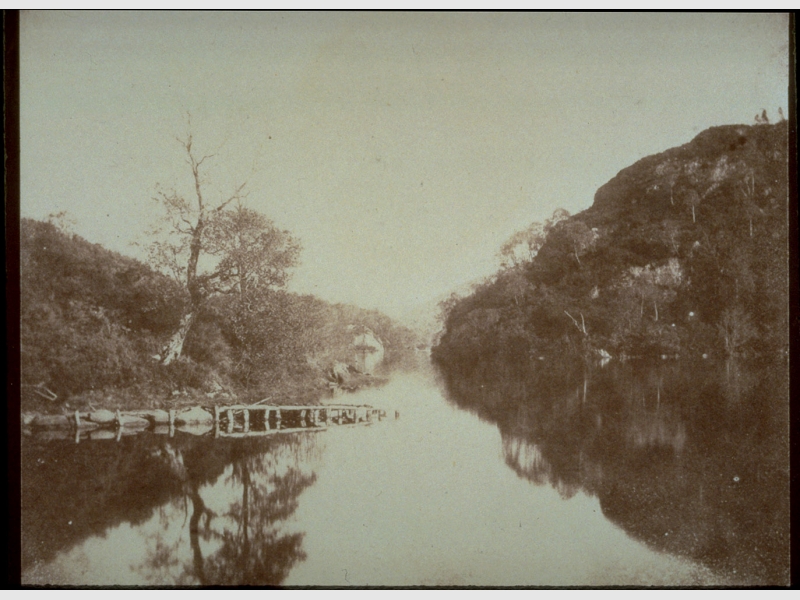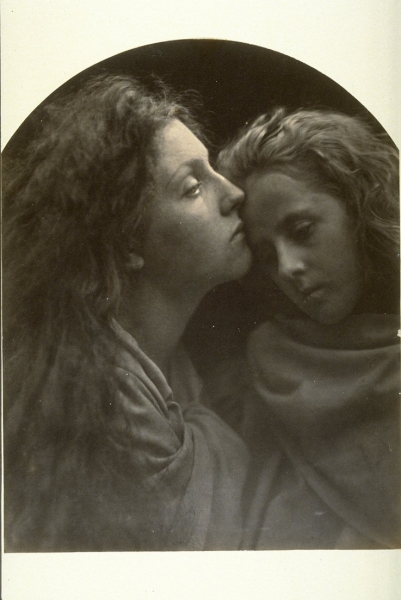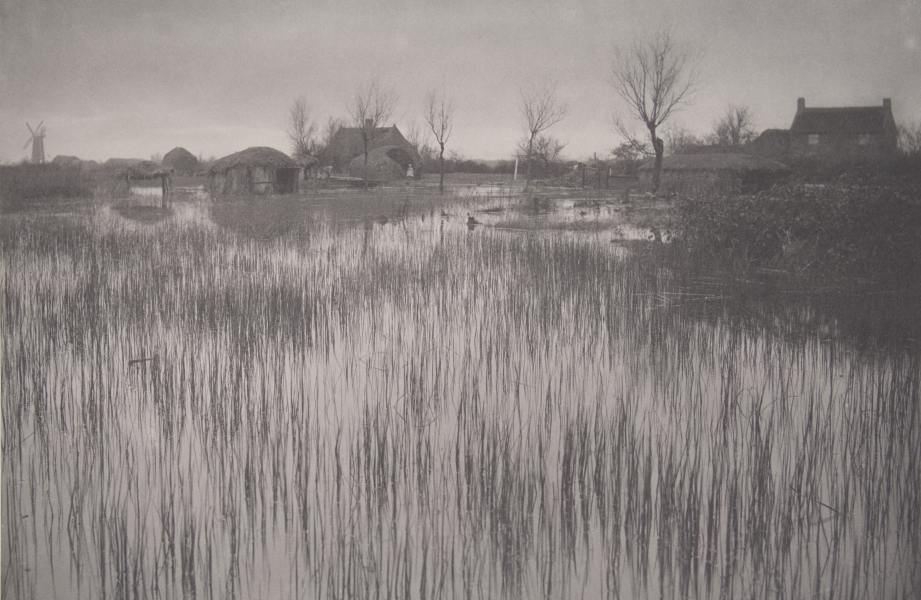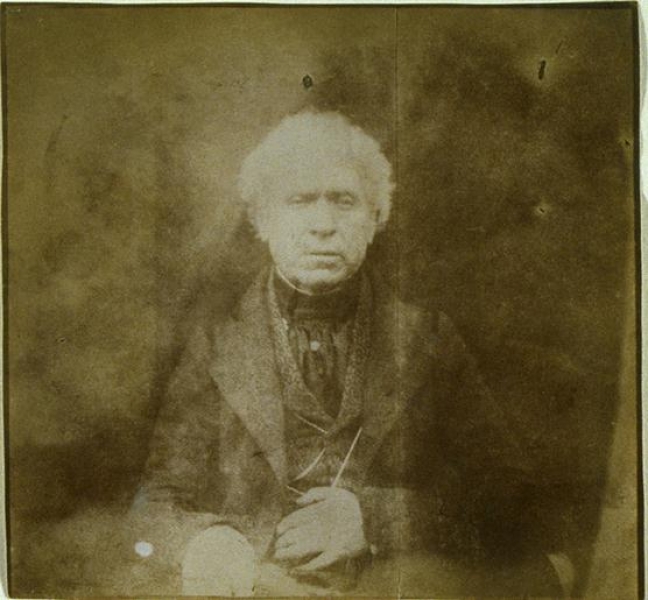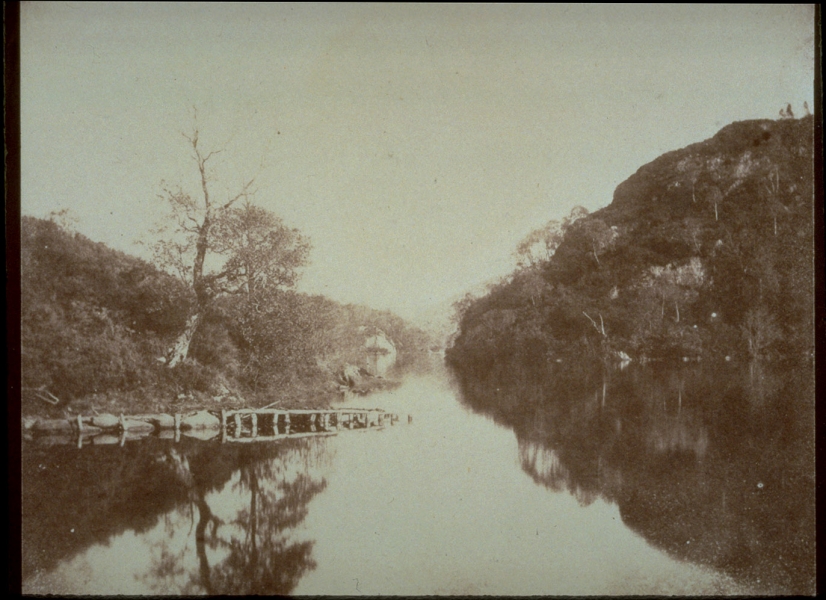The year 1839 marked a defining technological advance of the 19th century: the invention of photography in France and England. In Paris, Louis-Jacques-Mandé Daguerre (1787–1851), revealed the daguerreotype, a metal plate process that resulted in a single, sharply detailed image. Soon after, William Henry Fox Talbot (1800–1877) announced in London his creation of the calotype, a paper process that allowed for multiple, softly focused images. These discoveries generated interest in the possibilities of photography, as well as discussion of its merits, potential, and applications. There was particularly heated debate as to whether photography belonged in the sciences as a research aid or whether its pictorial qualities merited its inclusion in the arts. Talbot’s calotype process traveled quickly to Scotland, where the University of St. Andrews became a nexus for its dissemination.
The first half-century of British photography charts the journey of a new medium with distinct expressive and artistic potentials. Although photography served as an aid to science and exploration, it captured aspects of British society in ways that are poetic and artistic. Early photographers exploited existing pictorial conventions and their subject matter is often derived from painting traditions—portraits of family members and friends, still lifes of household objects, and landscapes. Even the memorable images of photographers who lived in the outer reaches of the British empire—Julia Margaret Cameron, John Thompson, and Charles Scowen—were rooted in the visual traditions of their homeland. But these pioneering artists also suggested new ways of creating images based on the medium’s own possibilities.
A number of trends in Victorian Britain are reflected in 19th-century photographs. The interest in social reforms to benefit workers in the industrial age, for example, led to projects to document and record areas of urban blight or renewal, like D.O. Hill’s scenes of St. Andrews and Thomas Annan’s views of streets and back passageways (closes) of Glasgow. A sentimental notion of the island’s remote past was also common in Victorian Britain, and many photographers recorded monuments such as castles, houses, and Gothic monastic ruins. The period interest in allegory and literature is seen in figural studies such as Julia Margaret Cameron’s Kiss of Peace and Frederick Evans’ image of the photographer F. Holland Day in costume. From the posed “portrait” of that very British invention, a steam locomotive, set against a painted background to the silvery tonalities of the lowlands near the eastern coast of England in Peter Henry Emerson’s views of the Norfolk Broads, these photographs demonstrate advances in camera speeds and printing techniques which allowed photographers to capture the picturesque ruins, people, and cities of Victorian England. Learn more.
Lead support for the exhibition New Technologies and Victorian Society: Early British Photographs from the UMMA Collection is provided by the Marvin H. and Mary M. Davidson Endowed Fund.

